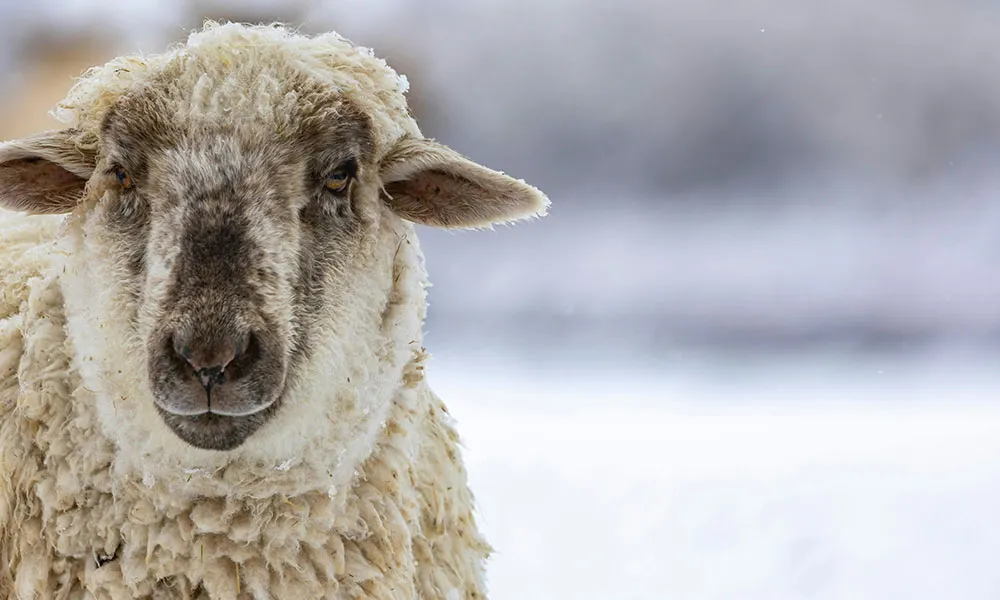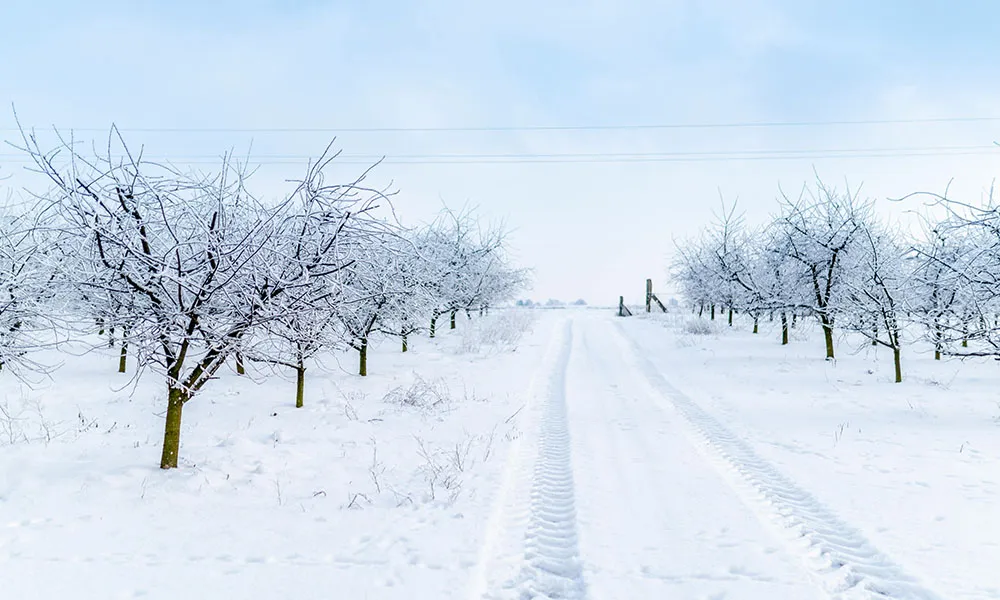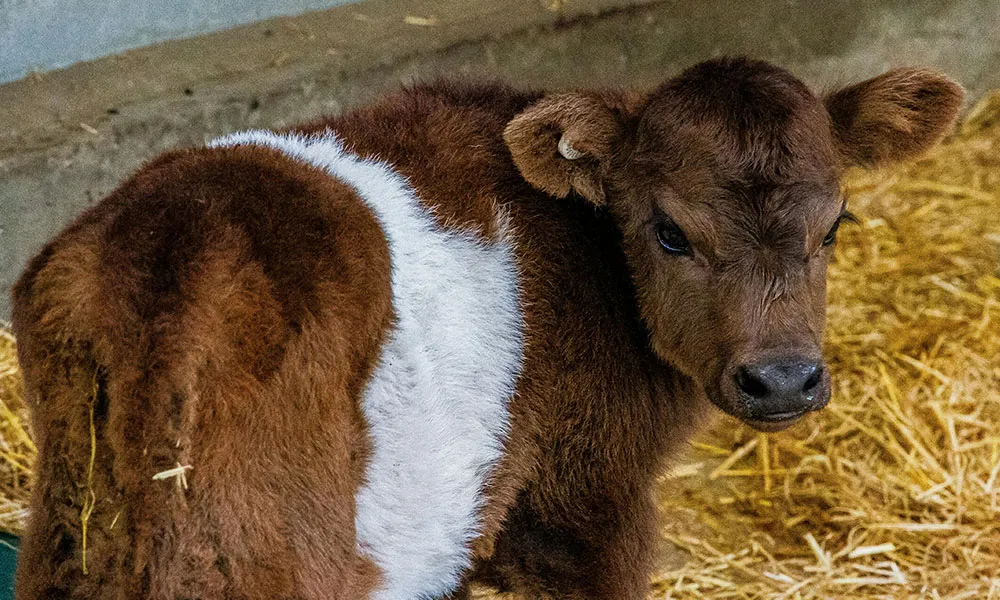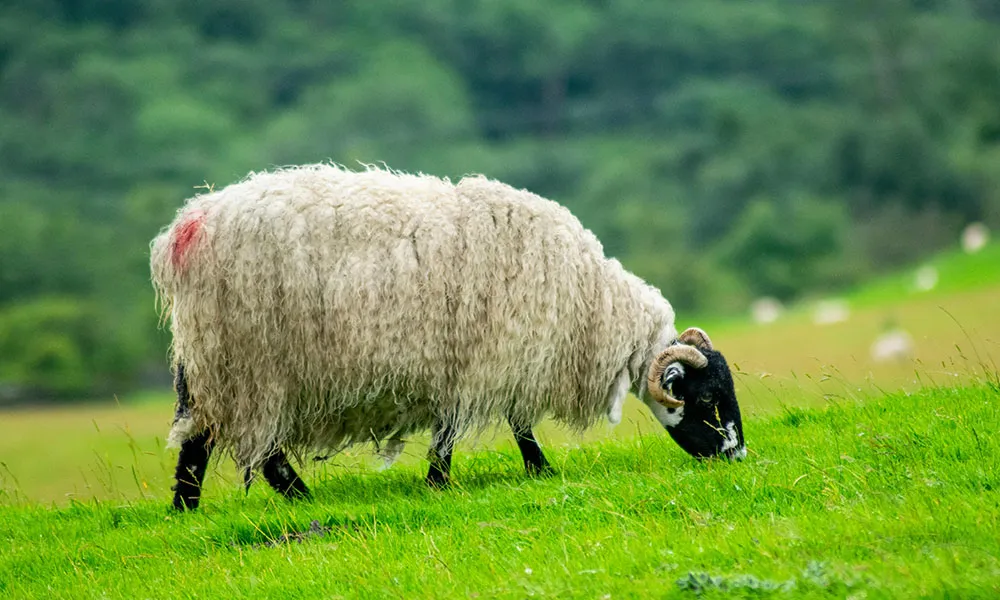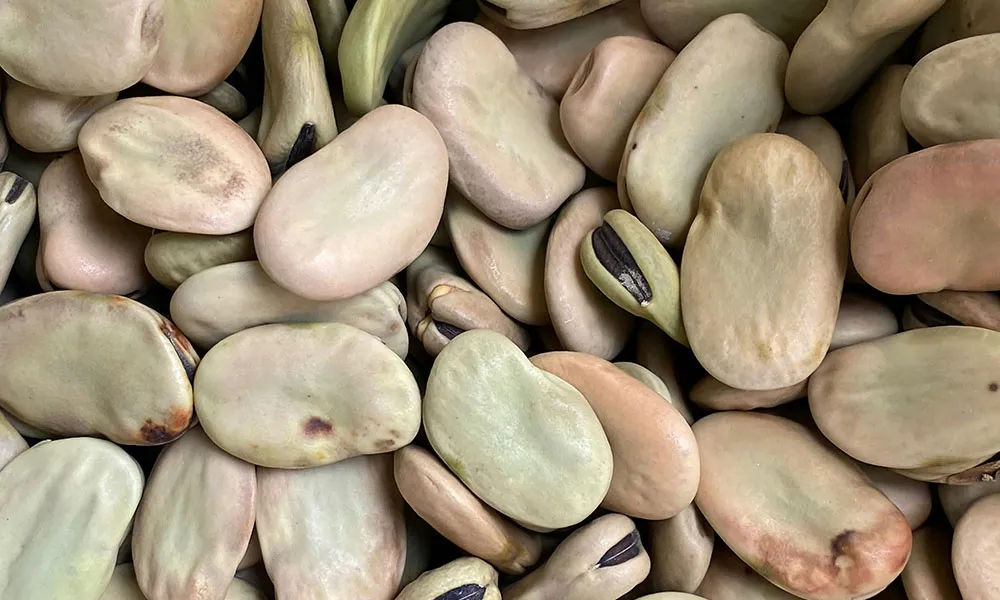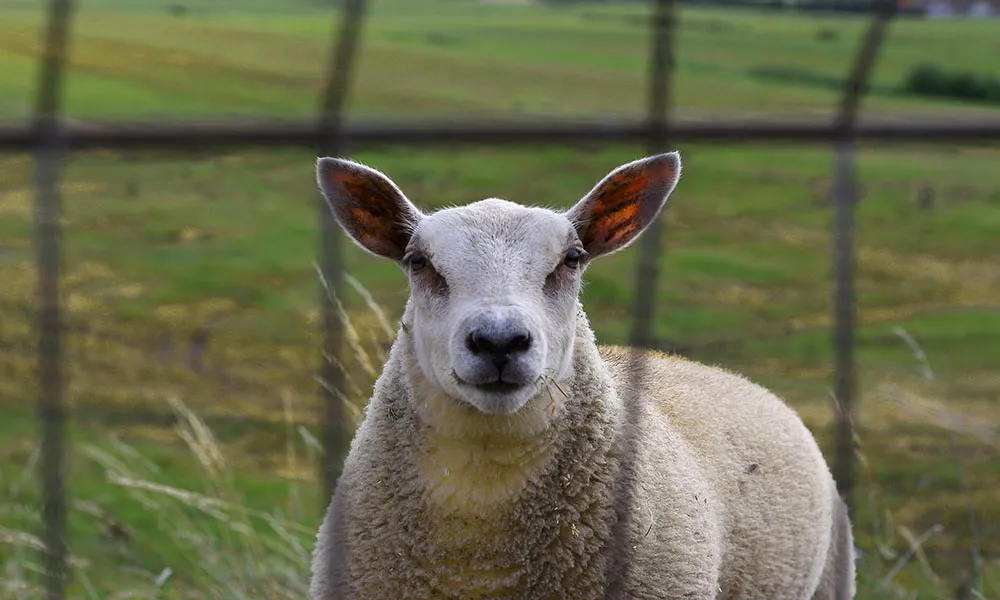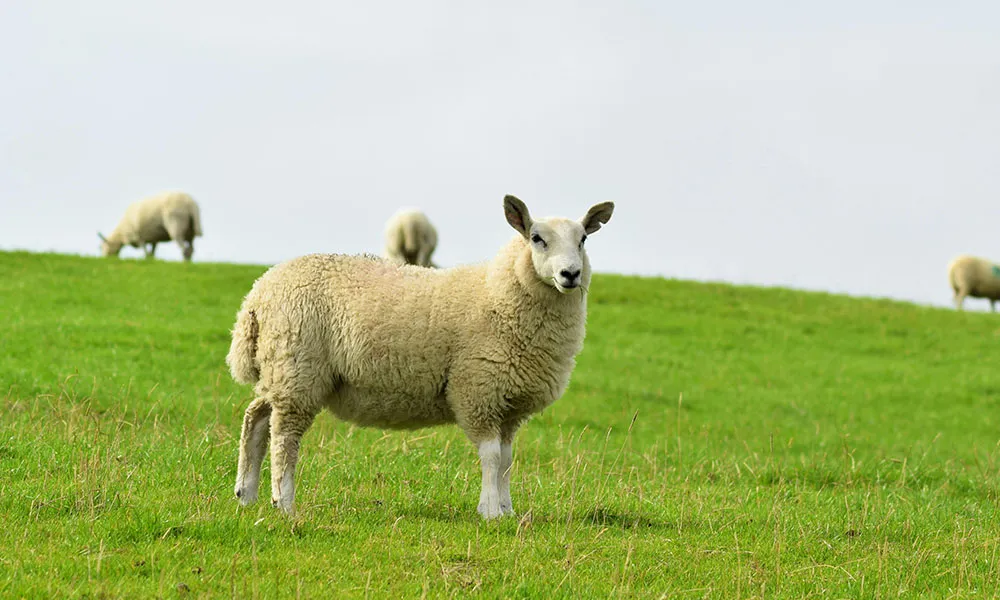
Ireland has enjoyed its best summer in several years. Growth has remained strong now for several months, leading to an abundance of fresh grass and fodder on many farms across the country. For some sheep farmers, this inevitably raises the question: should I keep store lambs to make the most of surplus grass?
If you are confident that you have sufficient feed to keep lambs until the finishing period, stores may be a good option for you. However, there are several other important factors that need to be considered. For instance, you will need to assess the suitability of your housing infrastructure, if you haven’t kept stores before. In addition, it is important to think about the farm’s current finances. Can you afford not to sell lambs now, when prices are strong? If you have factored in these concerns and feel you are in a position to keep a flock of stores this winter, then it may be time to start making preparations.
Buying stores?
The current situation may also entice some farmers to consider buying store lambs this year. If this is the case, the same general considerations will apply. In particular, you will need to assess whether you have sufficient feed and infrastructure in place to manage the extra stock; and to do the maths regarding likely expenditure vs potential profit at finishing point. At the moment, strong ewe lambs can be expected to sell for up to €150 a head, so this will need to be factored into your calculations.
As is always the case, the decision to keep store lambs is essentially a gamble that may or may not pay off. As we all know well, farming is a precarious business and few decisions come without some financial risk.
Calculating your budget
One way of controlling the risk is to have a budget in place. It is relatively easy to assess what it will cost you to get your stores to point of sale or slaughter. Teagasc has recently provided an excellent graphic to help you calculate likely weight gains per day and per week over the autumn period:
|
Time period |
ADG – (g/day) |
Kg gain per week |
|
August/September |
160 |
1.1 |
|
October/November |
115 |
0.8 |
As an additional resource, you can use the Teagasc Store Lamb Finishing Calculator, which will help you to identify when your lambs will likely be ready for sale or slaughter. The calculator allows you to input data such as lamb weight, feed price and target carcass weight, so final calculations should be quite accurate.
Managing lamb health
Lambs are prone to health problems, so you will need a comprehensive animal health plan to be sure of success. Sickly lambs will not gain the weight needed for strong finishing prices. Parasitic worms, particularly stomach worms and fluke, are always a concern. However, routine dosing is now strongly discouraged as a result of rising anthelmintic resistance, so you should watch lambs closely for symptoms of disease such as scouring (stomach worms and fluke) and bottle jaw (particularly common with fluke). If you suspect your flock is suffering from parasitic infections, a faecal egg count can confirm this. It can also help you to assess the severity of the infection, and to create a suitable treatment plan.
Hoof issues like scald and foot rot are also a significant concern, particularly where lambs have been bought in. Lambs exhibiting hoof problems should be separated from the rest of the flock. They should not be kept indoors, and should be treated with a Formalin footbath or similar. Lame sheep should not rejoin the flock until after the symptoms have fully cleared.
Getting feed levels right
Feed concentrates are a huge, but largely unavoidable, expense for farmers keeping store lambs. Selected feed should be of high quality and tailored for finishing lambs. Lambs should not be fed ad-lib from the beginning. Instead, build up to ad-lib feeding gradually. Teagasc recommends that you increase the amount of concentrate by 200g/day every three days.
Housing
If you intend to house lambs, it is essential that your infrastructure provides sufficient space and ventilation for your stock. Ventilation is particularly important for keeping animals dry and preventing the spread of airborne diseases. Bedding needs to be changed regularly, to prevent animals from getting wet and dirty, which raises the risk of illness and pneumonia.
Housed lambs should have constant access to good quality long fibre, preferably hay or silage produced on the farm. If you have access to a working scales, it is a good idea to weigh lambs regularly to track weight gain. If lambs are not thriving, you will need to reassess your plan.





